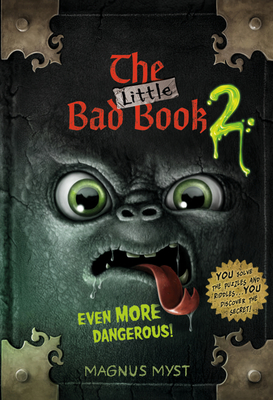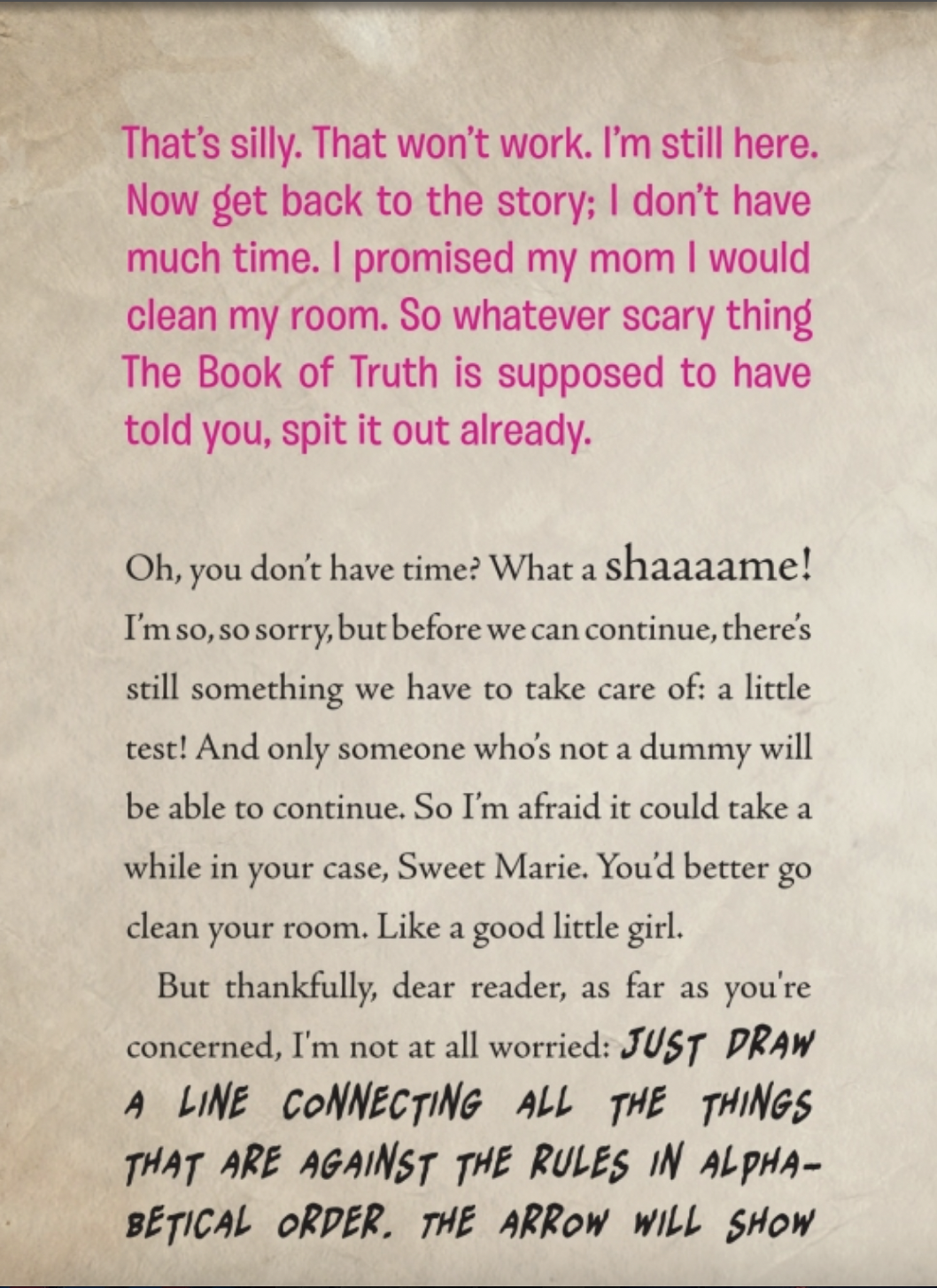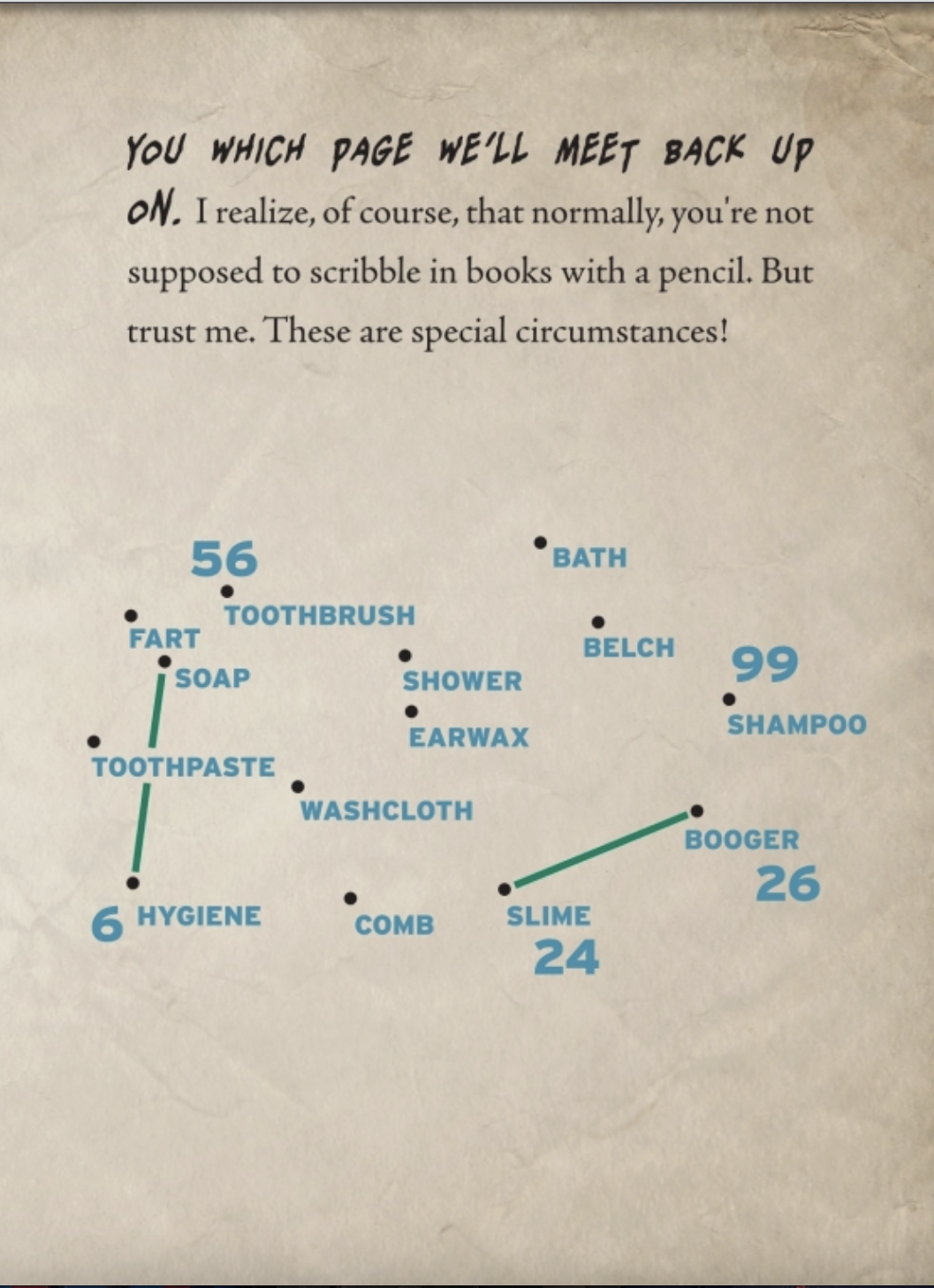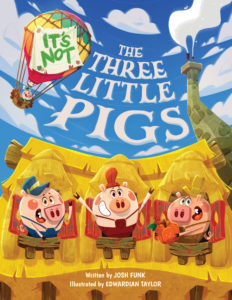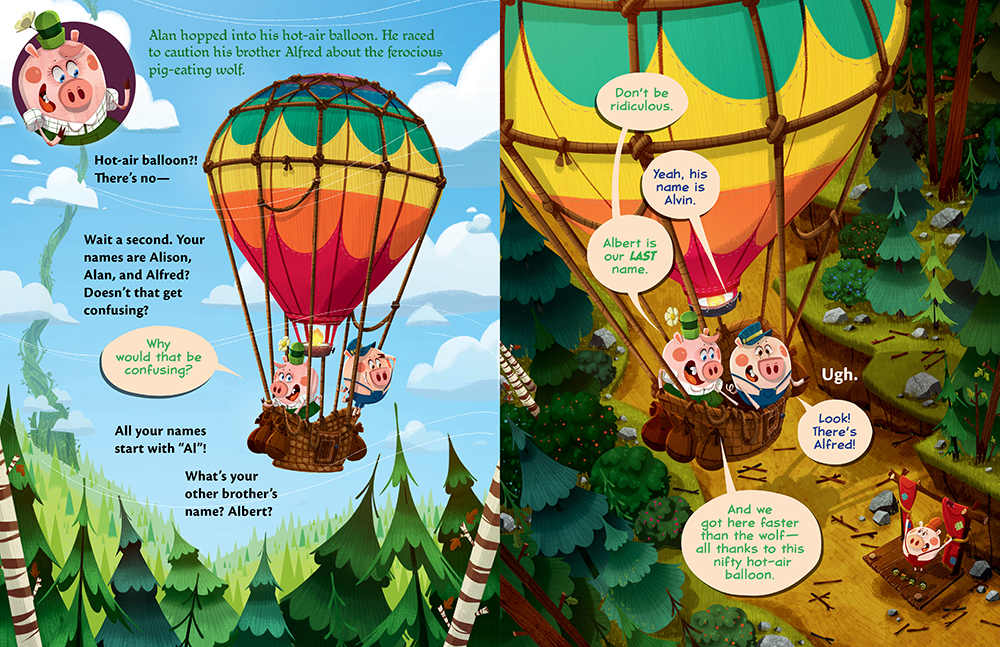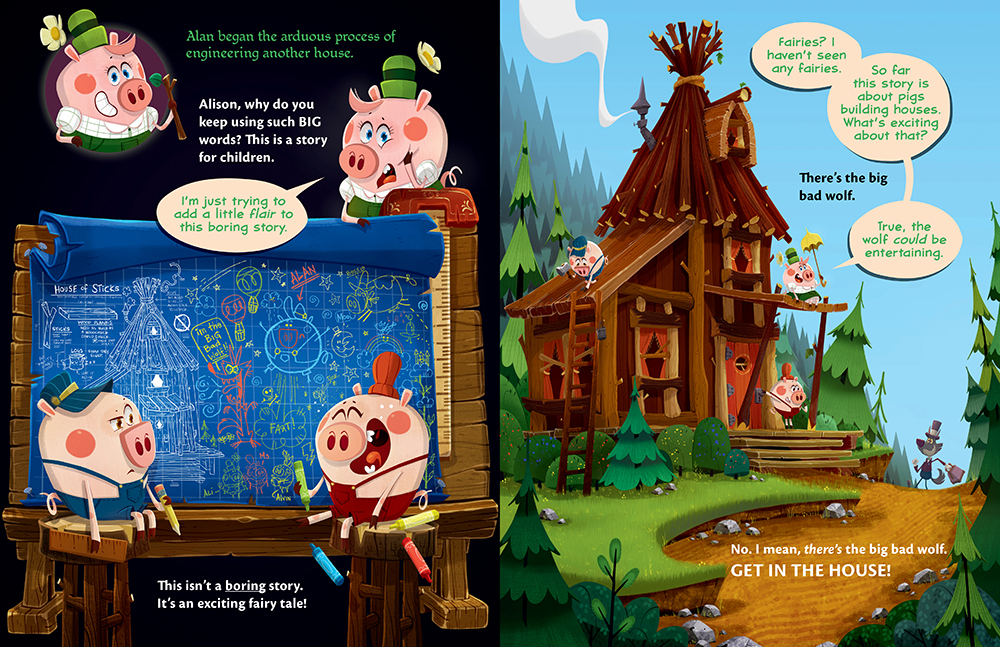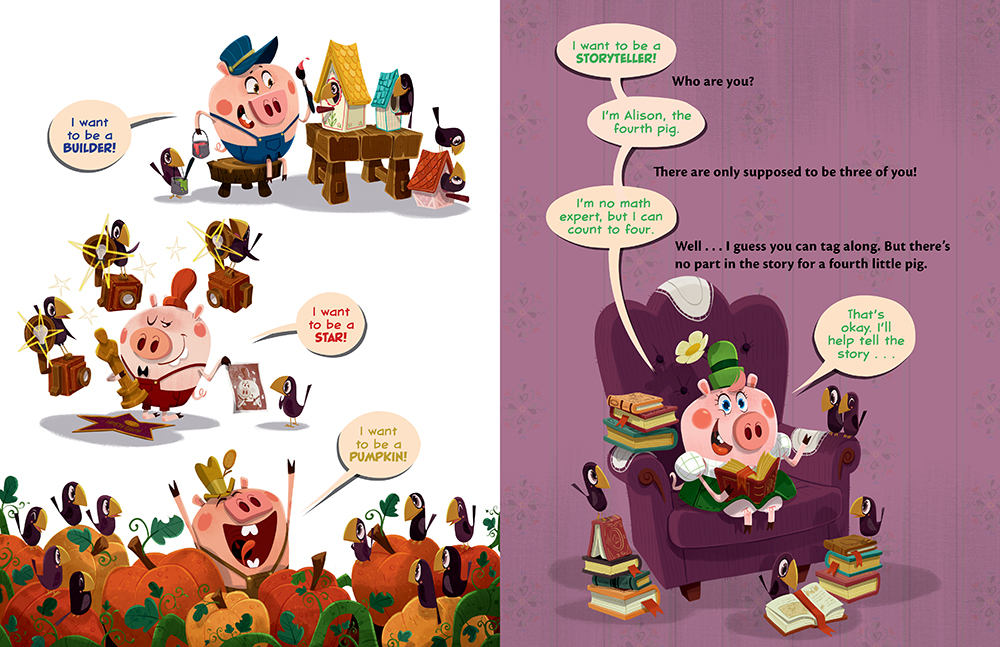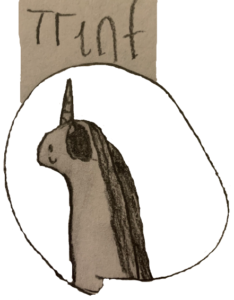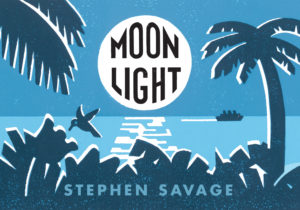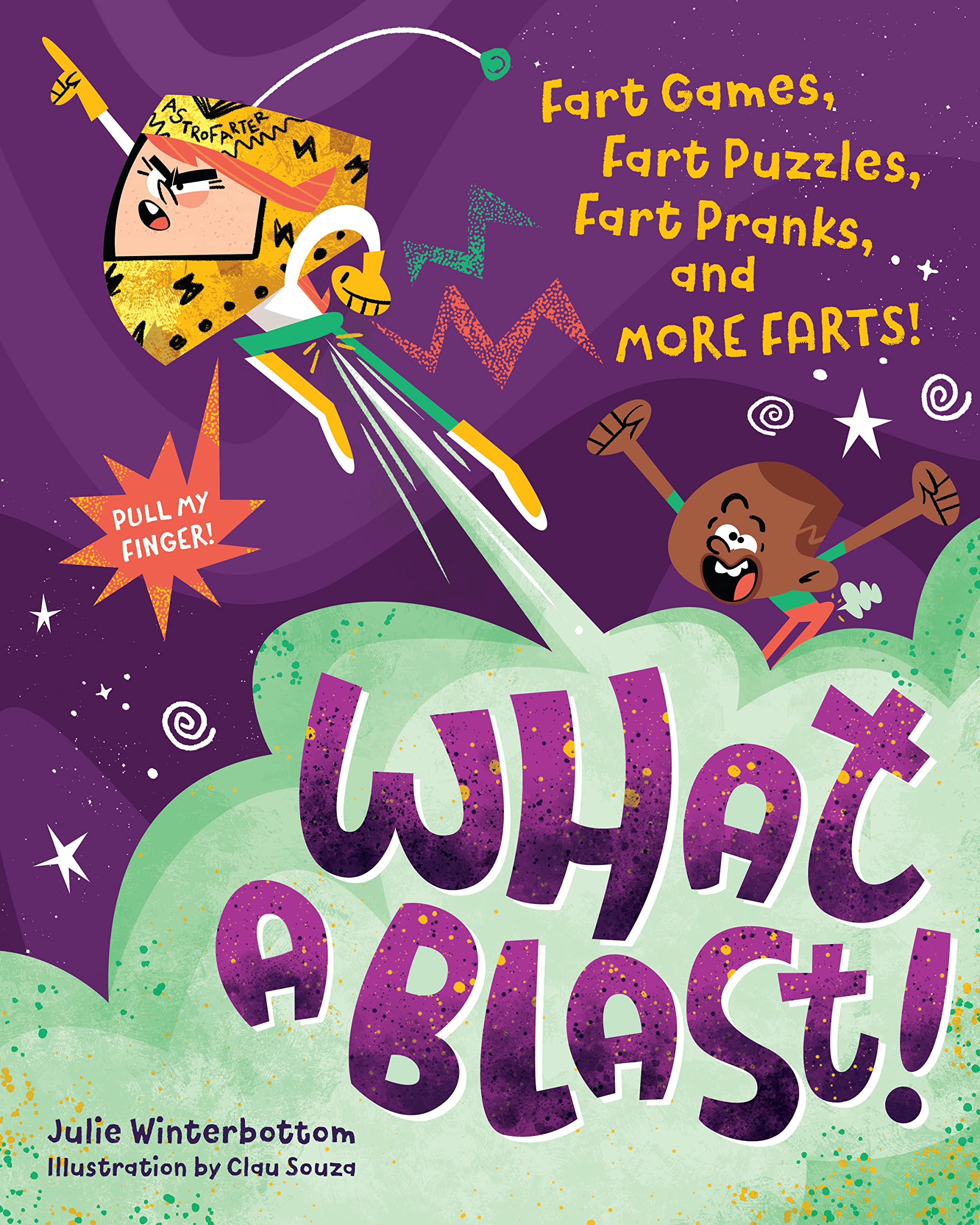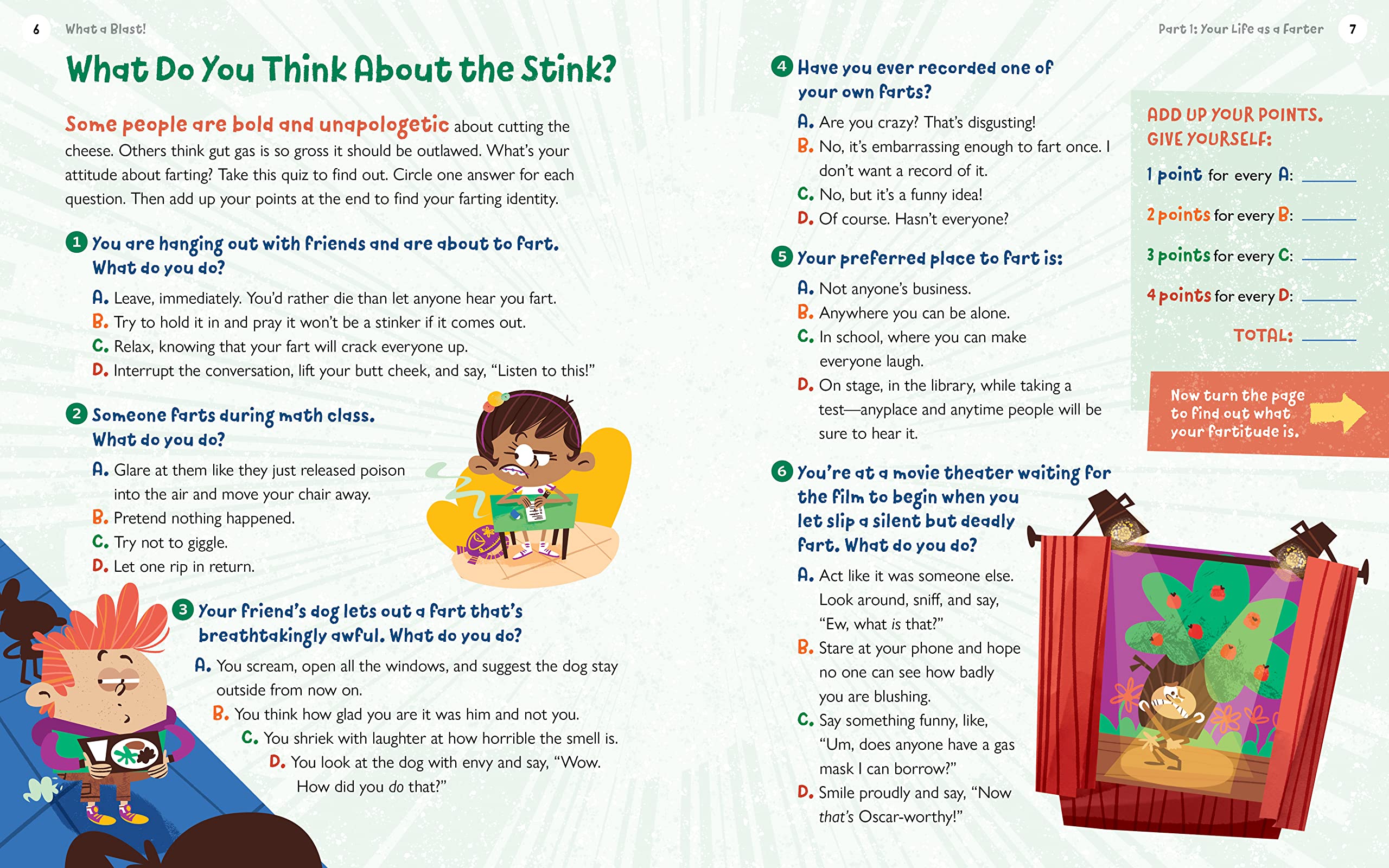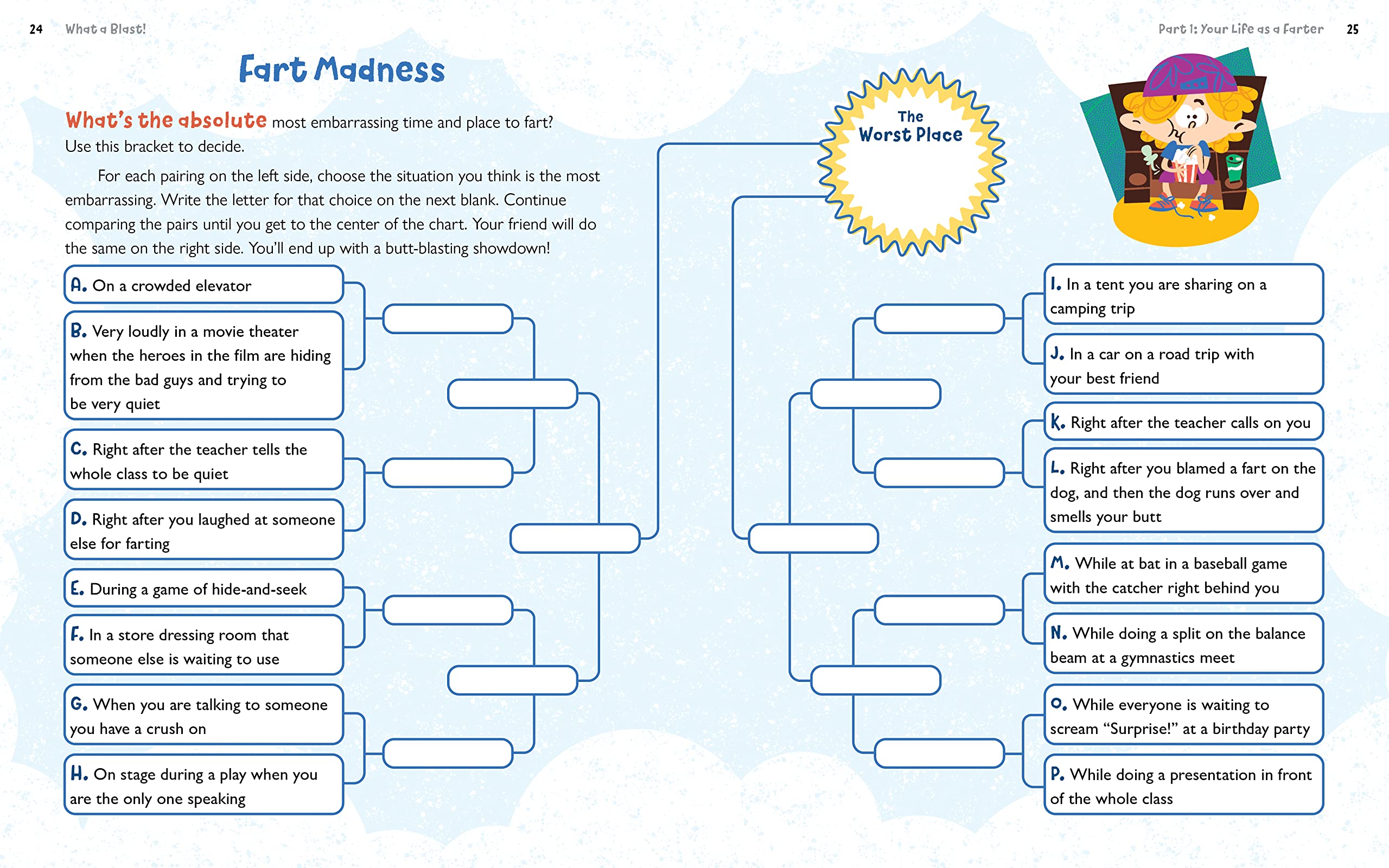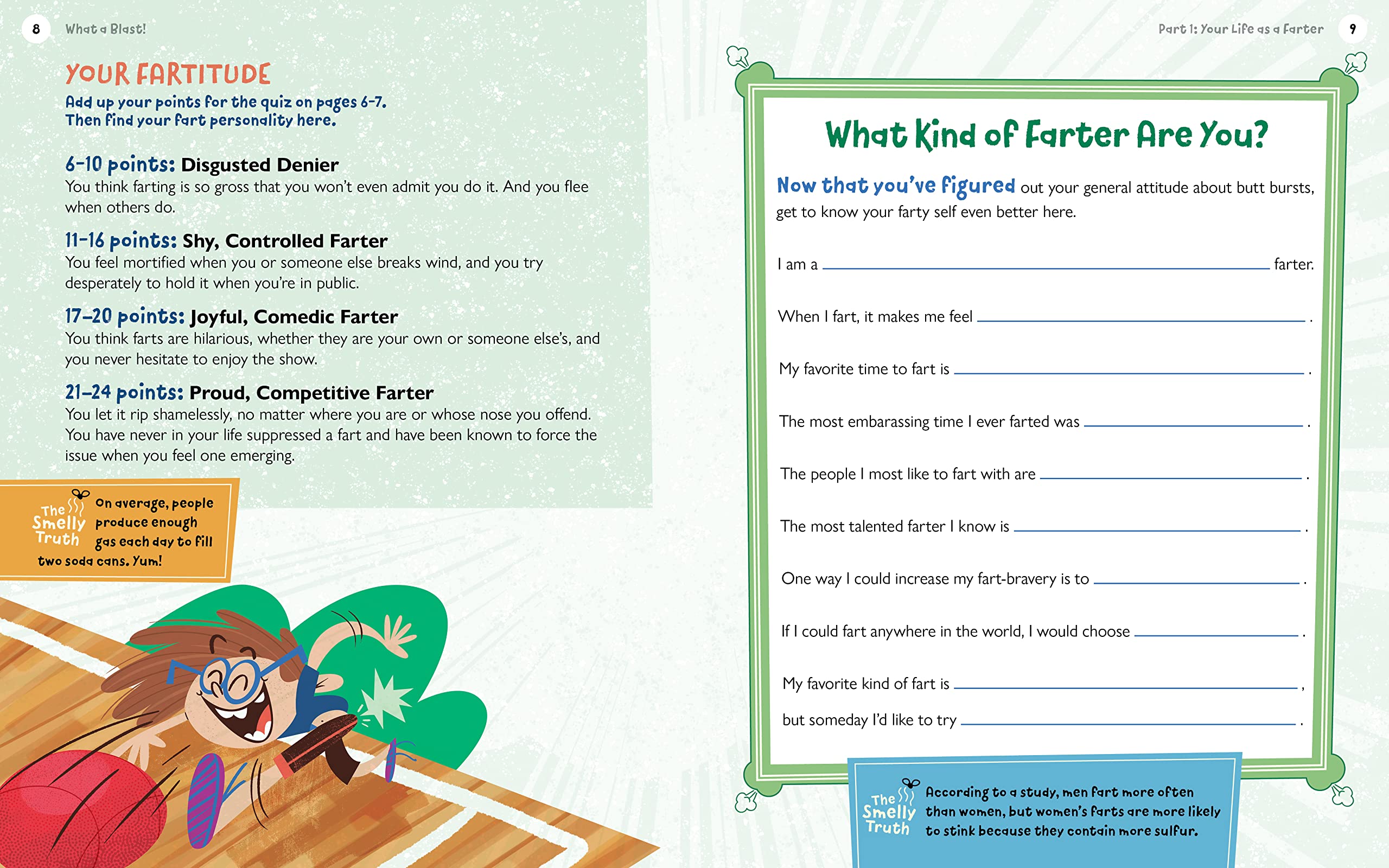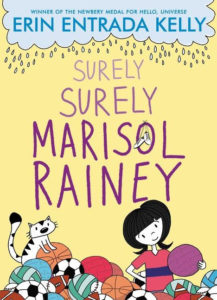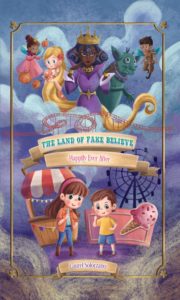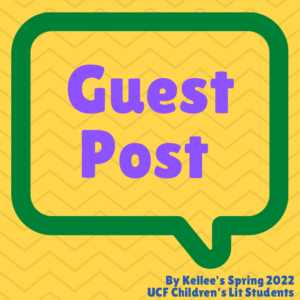
One of the assignments during my Spring Children’s Literature course at UCF was creating a mini-teaching guide for the books we read for book clubs. We started with picture books for practice then students created them in their book clubs each week.
Today, I am happy to share the classroom uses and discussion questions found by my UCF Elementary Education students when reading these historical fiction books.
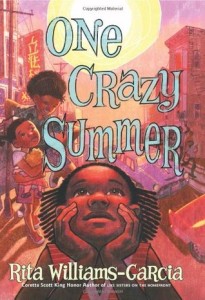
One Crazy Summer
Author: Rita Williams-Garcia
Published January 26th, 2010 by Quill Tree Books
Summary: In the summer of 1968, after travelling from Brooklyn to Oakland, California, to spend a month with the mother they barely know, eleven-year-old Delphine and her two younger sisters arrive to a cold welcome as they discover that their mother, a dedicated poet and printer, is resentful of the intrusion of their visit and wants them to attend a nearby Black Panther summer camp.
In a humorous and breakout book by Williams-Garcia, the Penderwicks meet the Black Panthers.
Discussion Questions:
- What do you think of Cecile and the way she treats her daughters? How does that make you feel?
- What do you think Cecile does for the black panthers? Do you think it is good or bad?
- Explain why you think the girls were sent to visit their mother?
- Why did the black panthers call Fern’s doll, Ms. Pattycake, self hatred?
- Who or what is a black panther? (For background knowledge on the history in story)
- Why do you think Vonneta didn’t stick up for Fern when her friend was calling her a baby? Why did she then destroy Fern’s doll?
- Family is an important theme of the novel, write about your relationship with your family.
- Do you think Delphine agrees with the black panthers are fighting for? Why or why not?
- Do you think Fern’s name is the real reason Cecile left? Why or why not?
- Do you think Delphine forgives her mom for abandoning her? Why or why not?
Recommended For:


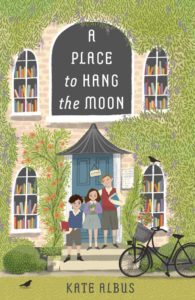
A Place to Hang the Moon
Author: Kate Albus
Published February 2nd, 2021 by Margaret Ferguson Books
Summary: Set against the backdrop of World War II, Anna, Edmund, and William are evacuated from London to live in the countryside, bouncing from home to home in search of a permanent family.
It is 1940 and Anna, 9, Edmund, 11, and William, 12, have just lost their grandmother. Unfortunately, she left no provision for their guardianship in her will. Her solicitor comes up with a preposterous plan: he will arrange for the children to join a group of schoolchildren who are being evacuated to a village in the country, where they will live with families for the duration of the war. He also hopes that whoever takes the children on might end up willing to adopt them and become their new family–providing, of course, that the children can agree on the choice.
Moving from one family to another, the children suffer the cruel trickery of foster brothers, the cold realities of outdoor toilets, and the hollowness of empty tummies. They seek comfort in the village lending library, whose kind librarian, Nora Muller, seems an excellent candidate–except that she has a German husband whose whereabouts are currently unknown. Nevertheless, Nora’s cottage is a place of bedtime stories and fireplaces, of vegetable gardens and hot, milky tea. Most important, it’s a place where someone thinks they all three hung the moon. Which is really all you need in a mom, if you think about it.
Teachers’ Tools for Navigation: This book could be used to teach children about the effects of World War II on England and specifically how it affected children. This book could also be used to have an open discussion about family. To help children understand how family changes and how your ideas and those you consider family can change over time.
This book should definitely be put in the classroom library. Close reading/analysis would be used especially when the children are learning about World War II, so they are able to better understand historical context and explore what else was going on in this time period and why the actions of the characters were necessary. And the book would be great in a book club could also be used to help students reflect upon what they were feeling and give them an opportunity to share their opinions of the story with their peers.
Interdisciplinary Aspects:
History- This book takes place during World War II students can take this as an opportunity to research the war and understand the setting of the novel and why the characters were forced to move away in more detail
Reading/Literature- Throughout the book the children are introduced to many different books and authors. Students can explore these books and read one of their choosing to understand these stories in more detail
Discussion Questions:
- Throughout the book the children mention that they know they will have found their new family when they find someone who believes that they had hung the moon. What do you believe that this phrase means?
- During this book the children mention that they are frequently talking about rationing and the need for rationing coupons. What is rationing and why was it necessary during the war?
- Why would Mrs.Mueller having a German husband make her unsuitable to house the children?
- Which housing accommodation was the least suitable for the children? Why?
- Throughout the book the children read different books to pass the time and feel better about their current situation? How can reading bring about comfort to these characters?
- How is Edmunds understanding of the war and his actions to his billet hosts different from Williams?
- Edmund tells William that he knows that the stories he tells about his parents are fake. Why does he still enjoy these stories even though he knows they aren’t real?
- Each of the siblings is hoping to get something specific out of the new family. (Edmund wants someone to cook for him, William wants to not worry about taking care of his siblings and having so many burdens, and Anna wants someone to tuck her in and give her a hug) Why is their idea of parents so different? How does Mrs. Mueller meet each of their expectations?
- Why do you think that none of the children were devastated at the death of their Grandmother? How do you think they acted at their parents’ funeral?
- Why are the children sent to a village in the country?
- What war did this story take place during?
- Where did the children get sent off to?
- What is one thing they encountered during their foster care?
- What is the name of the librarian they fell in love with?
- Who is the person that sent them into foster care and why?
- What did it mean for them when they said they hung the moon?
- Who sank the boat of refugee children?
- Why did the English women who’s husband was German get a lot of prejudice from neighbors?
Recommended For:



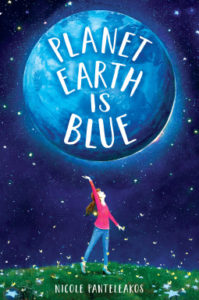
Planet Earth is Blue
Author: Nicole Panteleakos
Published May 14th, 2019 by Random House
Summary: Twelve-year-old Nova is eagerly awaiting the launch of the space shuttle Challenger–it’s the first time a teacher is going into space, and kids across America will watch the event on live TV in their classrooms. Nova and her big sister, Bridget, share a love of astronomy and the space program. They planned to watch the launch together. But Bridget has disappeared, and Nova is in a new foster home.
While foster families and teachers dismiss Nova as severely autistic and nonverbal, Bridget understands how intelligent and special Nova is, and all that she can’t express. As the liftoff draws closer, Nova’s new foster family and teachers begin to see her potential, and for the first time, she is making friends without Bridget. But every day, she’s counting down to the launch, and to the moment when she’ll see Bridget again. Because Bridget said, “No matter what, I’ll be there. I promise.
Teachers’ Tools for Navigation: This book would be useful for students who aren’t nonverbal and autistic, it would teach the perspective from these students who are to better understand them and find ways to relate to them.
It can also be an introduction to space and the solar system focusing on science.
This would be a great book to have in the classroom library as it is easy to build a personal connection to the characters that students may not want to speak about to a larger group. This would give them the chance to dive into subjects that may be relatable to them but not others and provide a safe space for it.
Using this book for a close reading or analysis can be beneficial as it can be used as an introduction to the space unit. It can be used as a way to introduce the topic of differences in students’ lives and how it can be accepted rather than seen as a negative.
Discussion Questions:
- Describe the relationship between Nova and Bridget that was given by the narrator.
- Why do you think Nova and Bridget were unable to live with their mother any longer?
- Why do you think Nova took a special interest in space?
- How does it make you feel that people are mean to Nova? Use describing words.
- Nova often talks about being tested multiple times. How does Nova feel about this testing? Can you relate to this? Explain.
- Why do you believe the book was written from the point of view of a narrator rather than Nova herself?
- When Francine looks up the word Nova, how does this relate to her?
- Why were the chapters counting down instead of up?
- Describe the alternative ending you would have liked to read for Nova and Bridget.
Recommended For:


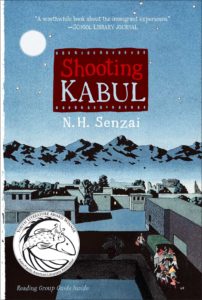
Shooting Kabul
Author: N.H. Senzai
Published June 22nd, 2010 by Simon & Schuster
Summary: In the summer of 2001, twelve-year-old Fadi’s parents make the difficult decision to illegally leave Afghanistan and move the family to the United States. When their underground transport arrives at the rendezvous point, chaos ensues, and Fadi is left dragging his younger sister Mariam through the crush of people. But Mariam accidentally lets go of his hand and becomes lost in the crowd, just as Fadi is snatched up into the truck. With Taliban soldiers closing in, the truck speeds away, leaving Mariam behind.
Adjusting to life in the United States isn’t easy for Fadi’s family, and as the events of September 11th unfold the prospects of locating Mariam in a war torn Afghanistan seem slim. When a photography competition with a grand prize trip to India is announced, Fadi sees his chance to return to Afghanistan and find his sister. But can one photo really bring Mariam home?
Based in part on Ms. Senzai’s husband’s own experience fleeing his home in Soviet-controlled Afghanistan in the 1970’s, Shooting Kabul is a powerful story of hope, love, and perseverance.
Teachers’ Tools for Navigation:This book would be useful in the classroom when talking about history. Events like 9/11 and especially the history of the Middle East and how refugees adapt to American culture. It speaks on culture and religion. It also creates a discussion for kids to speak on transitioning, which most can relate to.
Discussion Questions:
- How do the events of September 11, 2001, affect Fadi’s school and home life?
- How would you handle accidentally leaving your sibling behind in another country?
- Would you go to another country if things are going bad in yours or would you stay to help? How would you help if you stay? Where did you leave and why did you choose there?
- If you were put in charge of a country would you put your beliefs and needs first or would you worry more for your people’s wants and desires? How would you handle either situation?
- Would you move on if the bullies had destroyed your camera? What would you do if the principal asked you who was there during the fight?
- What kind of observations tell you on how Fadi has adapted to his new school and life in America?
- If you were a member of Fadi’s family, how would you have felt about Habib, your dad, wanting to return to Afghanistan?
- In the book, what types of misunderstandings about the Muslim faith and Middle Easterns are shown?
- How do you think Fadi felt when in school? Was it difficult for him to cope with American culture ?
Recommended For:



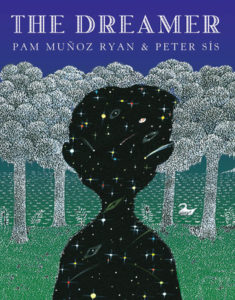
The Dreamer
Author: Pam Muñoz Ryan & Peter Sis
Published April 1st, 2010 by Scholastic Press
Summary: Neftali finds beauty and wonder everywhere: in the oily colors of mud puddles; a lost glove, sailing on the wind; the music of birds and language. He loves to collect treasures, daydream, and write–pastimes his authoritarian father thinks are for fools. Against all odds, Neftali prevails against his father’s cruelty and his own crippling shyness to become one of the most widely read poets in the world, Pablo Neruda. This moving story about the birth of an artist is also a celebration of childhood, imagination, & the strength of the creative spirit. Sure to inspire young writers & artists.
Teachers’ Tools for Navigation: This book is more about beating the odds that someone has set in place for you. Neftali is told he should be a poet by his father but when Neftali decides to be who he is meant to be, a poet/ artist, he finds success and happiness there.
The Dreamer would be an excellent book for independent reading within the classroom. This book would be great to have in your classroom library so that there are an array of diverse books to choose from. There will be a student at some point that will be able to relate to Neftali’s story with his father. This book could definitely make an impact on a student.
This book would be an excellent shared reading pick or book club choice. The story takes place in Chile, so can be used when teaching about other countries, specifically focusing on the norms, culture, and government. This story is also based on the childhood of poet Pablo Neruda. The book serves as an excellent introduction to poetry. The book is also a great aid for social emotional learning.
Discussion Questions:
- Why do you think Neftali enjoys daydreaming?
- How would you describe Neftali’s relationship with his father?
- What does Neftali’s father think of Rodolfo’s singing?
- Why does he want Rodolfo to focus on business or medicine, instead of singing?
- Compare Neftali’s father to Neftali’s uncle, Orlando. How are they similar or different?
- Who did you think Neftali relates more to, his father or his uncle? Why?
- How did Neftali’s relationship with his father change after his trip to the forest?
- Why does Neftali love and hate the ocean?
- Has anyone ever told you what you should be when you grow up? If so, how did it make you feel? What do you want to be when you grow up?
- Why does Neftali’s have a hard time making it to school on time?
- What does Neftalis’ collections represent? How do they make him feel?
- Has someone ever told you that you should do something- as your father did with Neftali? How did that make you feel?
- What does Neftali dream of becoming? Does his father agree? Why or why not?
- Neftali’s father called him by really harsh names, such as “idiot”- Do you think that Neftali was truly any of those things?
- In the beginning, Neftali was shy, frail, didn’t say much, and spent a lot of time alone. How did Neftali begin to change throughout the book?
- In what ways did Neftali’s relationship begin to change with his father?
- What do you think it feels like to be Neftali?
- Draw a specific scene from the book, why did you choose this scene to draw?
Recommended For:




